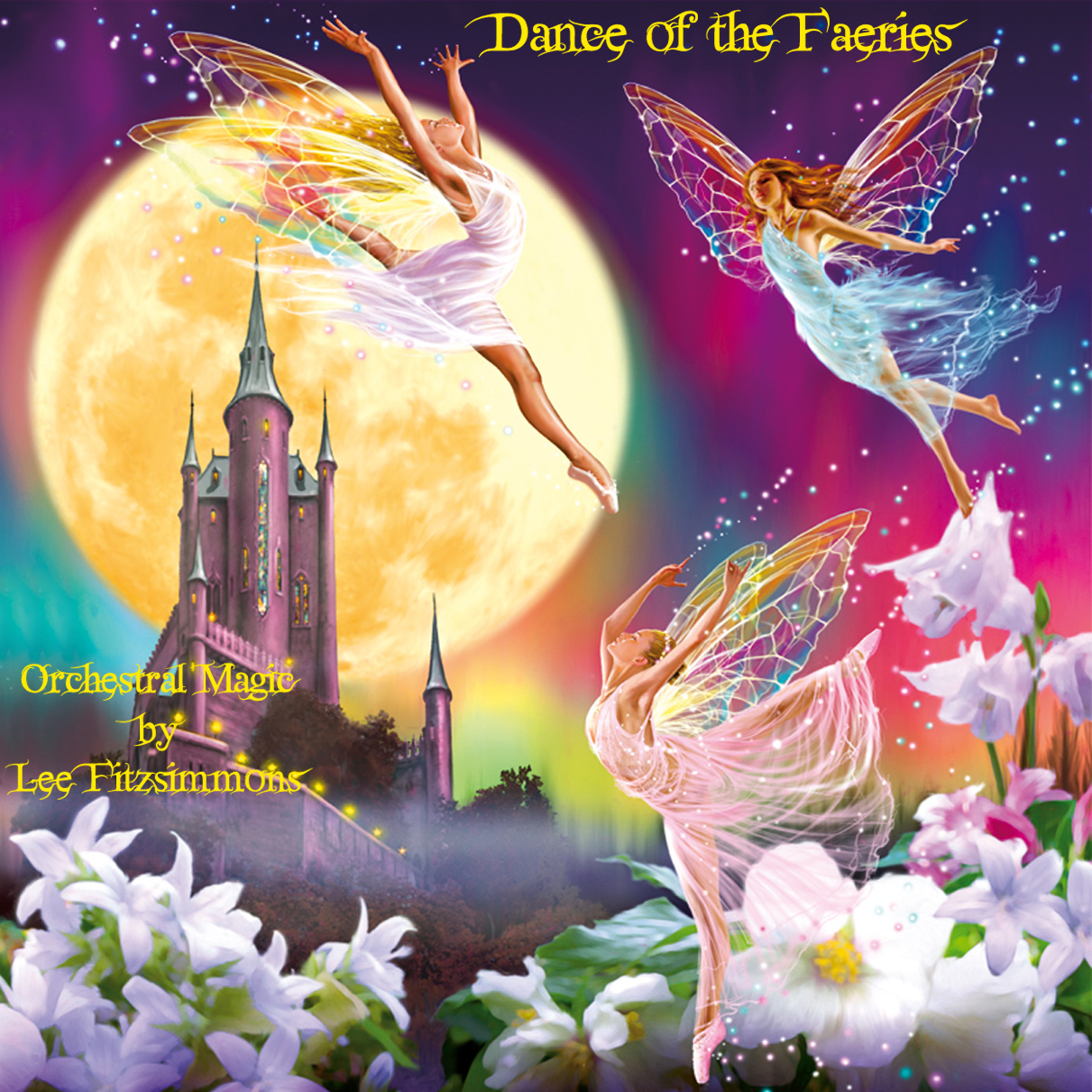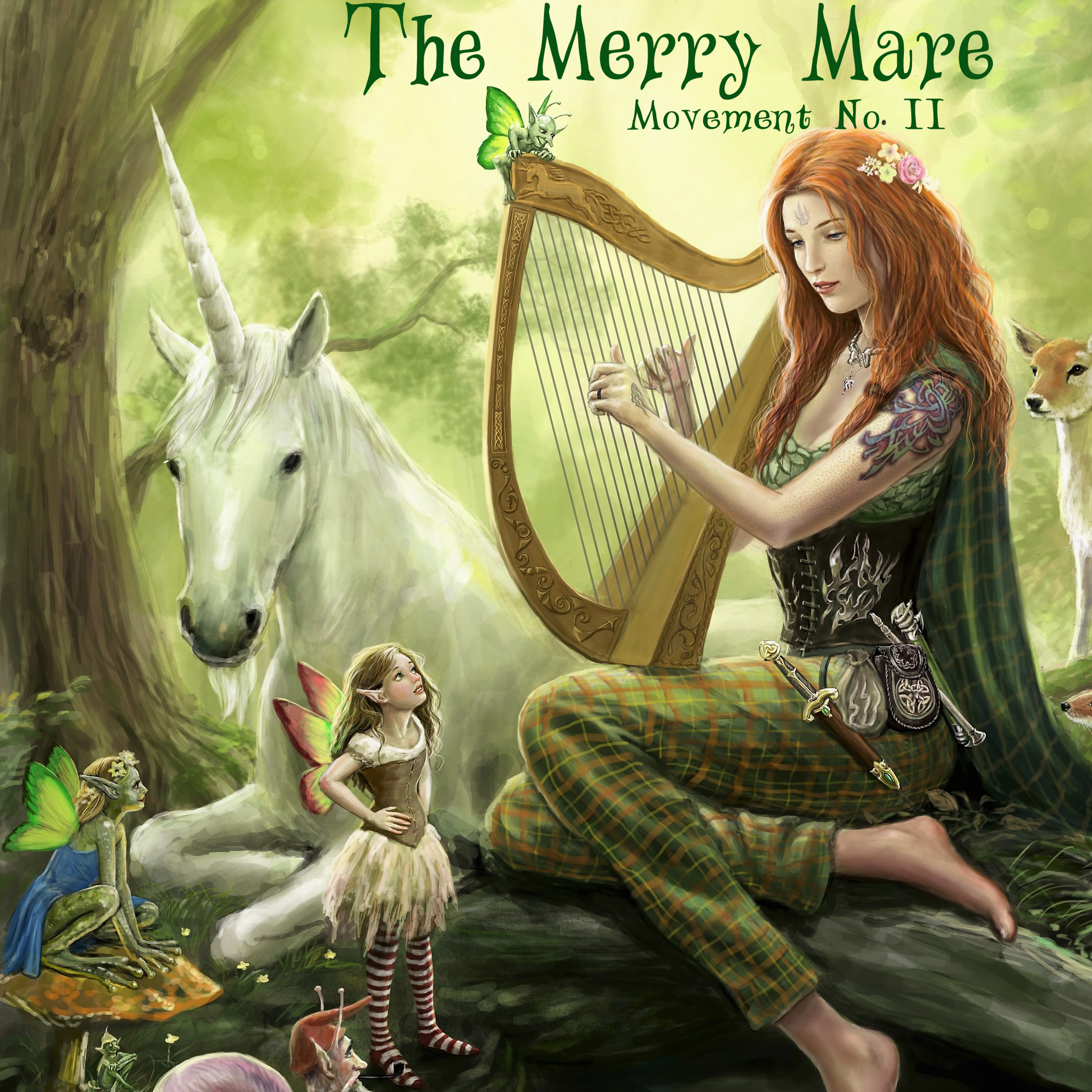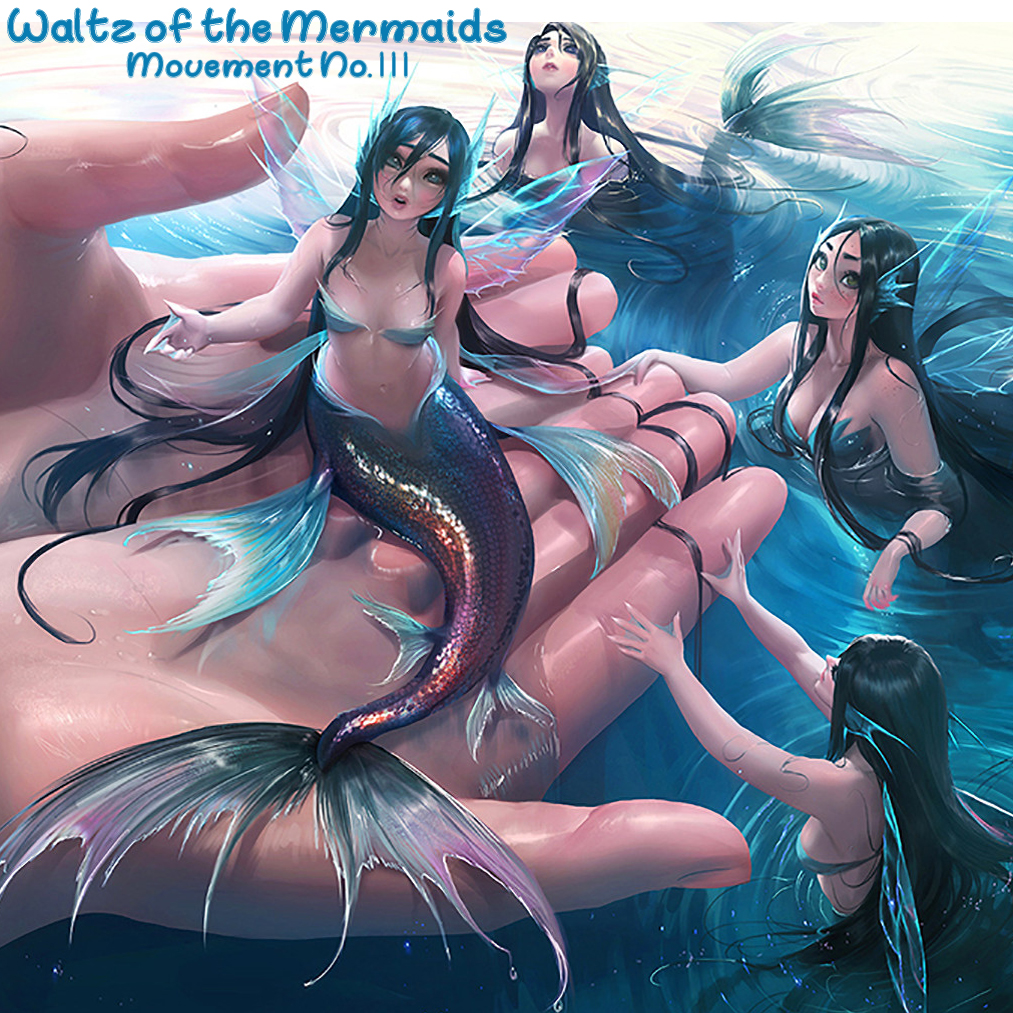
Orchestral Vignettes
THE TRACK YOU ARE LISTENING TO IS ENTITLED "DANCE OF THE FAERIES."
Click on a link below to hear a selection...
 _
_Symphony No. I

By Lee Fitzsimmons
Click on the images below to listen to each movement...
First Motive of Mirror of the Equinox
Second Motive of Mirror of the Equinox
Detailed Compositional Narrative of Mirror of the Equinox
FIRST MOVEMENT
Mary's Theme
This orchestral composition begins with the primary motive performed on a wooden flute. This melody is accompanied by horns and clarinet playing a slow trill of eighth notes and a string section sustaining long tones. The pizzicato strings enter at bar five playing the first four notes of the secondary motive in half-time. At bar nine, the bassoon (accompanied by a snare drum) begins playing a minor key variation of the secondary motive of the symphony over the full instrumentation of the first section. After this section is complete, the clarinet plays its own individual melody that is enhanced by the horns playing the sixteenth note trills. Then this clarinet melody transforms into a piece of the first motive; it is answered by the bassoon three times. A solo trumpet (accompanied by finger cymbals and tambourine) then presents the secondary motive in its correct form as a trumpet and bassoon play the eighth note trills. After this section is completed, the secondary motive is presented in its minor key variation with a bold French horn section that is accompanied by low brass, timpani, cymbal crashes, and a concert bass drum. Clarinet and bassoon play a figure based on a portion of the secondary motive in this climactic portion of the work. After this climax winds down, the bassoon finishes of the work by playing a variation of the secondary theme.
SECOND MOVEMENT
The Merry Mare
The second movement begins with a clarinet using a mirror image of the first four notes of the second motive as a base with which to contruct a melodic line, as pizzicato strings provide a rhythmic foundation for the first twenty-six bars. In the fifth bar, an additional layer of counterpoint is added when a trombone and a trumpet play the first motive in two-part harmony as a triangle joins the mix. In the ninth bar, a bassoon thickens the contrapuntal texture even more by performing the minor variation of the secondary motive as a snare drum enters the mix and enhances the rhythms of the pizzicato strings. In the thirteenth bar, a wooden flute presents yet another contrapuntal line built on a fragment of the first motive. In the seventeenth bar, the four contrapuntal layers cease their repeated patterns, and the horns present a variation on the last two lines of the second motive. The horns continue playing for another four bars, as various lines of counterpoint then follow until bar twenty-seven, where a cymbal crash ushers in the second portion of the piece. In this second section, different instruments echo each other over a series of modulations that shifts the tonal center to many new locations, as the strings provide a thick harmonic foundation for this section of the composition.
In this new section, the wooden flute begins in bar twenty-nine by playing the line based on the second motive that was presented in the first four bars of the piece. Two bars later, the clarinet plays this line in a lowered tonal center. Two bars later in bar thirty-three, the horns play the second motive and are answered by the bassoon (bar 35) and the trumpet (bar36) also playing the variaition of the second motive presented at the beginning of the piece. At bar thirty-seven, the horns play the final bar of the second motive. At bar thirty-eight, the wooden flute begins playing an arpeggiated figure that continues until the end of the piece at bar forty-five, as the brass play light fanfares just before the clarinet and bassoon play variations of the line presented at the beginning of the movement (separately at first and then in two-part harmony) to end the piece.
THIRD MOVEMENT
Waltz of the Mermaids
The third movement begins with a sequence of instruments presenting a variation of the first motive in a three-four time signature. This presentation consists of two twelve bar sections that also feature a wooden flute playing many different arpeggiated figures and the strings performing a pizzicato accompaniment that serves as a rhythmic and harmonic foundation. In the next fourteen bar section, several different instruments take turns playing a rhythmic variation presented in the second movement based on an eighth note followed by a pair of sixteenth notes. This section builds towards the new motivic presentation of this movement that features a variation of the second motive in three-four time.
This new motivic presentation begins at bar 39 with several pairs of instruments performing a variation of the second motive in three-four time. The first four bars of this new motivic presentation feature the horn section playing this variation in two-part harmony. The next four bars feature two trumpets playing this variation in two-part harmony. In the four bars that follow, a pair of bassoons play this variation. In the next portion of the composition, several variations of both motives are presented by many instruments until a gradual build up beginning at bar 55 resolves at bar 73, where a final eight bar section that is very similar to the beginning of the piece presents several instruments performing the same variation of the first motive once again.
Return to Home Page
- Contact Lee at Lee@LeeFitzsimmons.com -
Copyright 2019 by Lee Fitzsimmons









